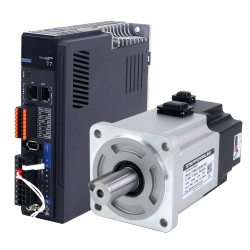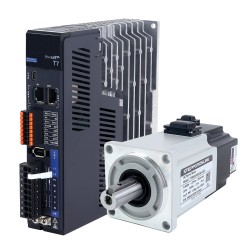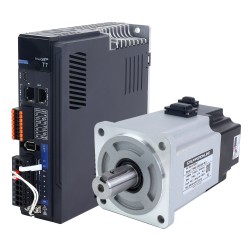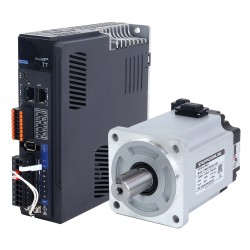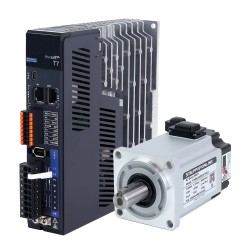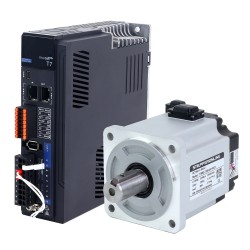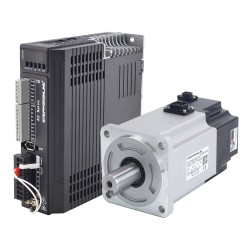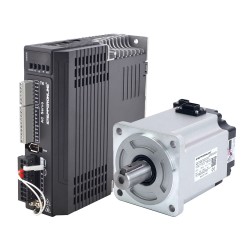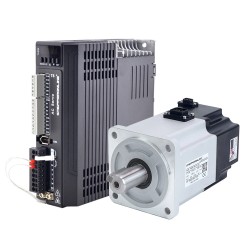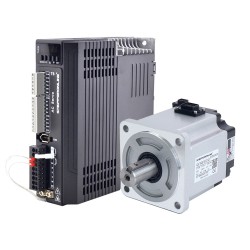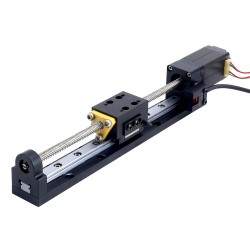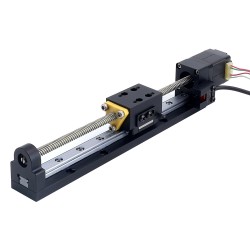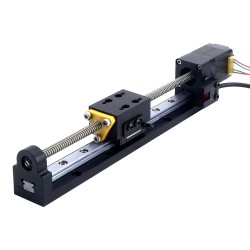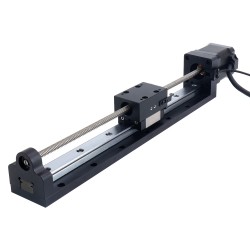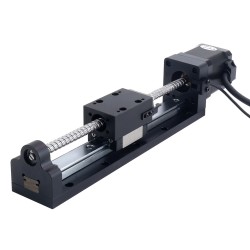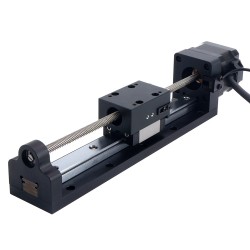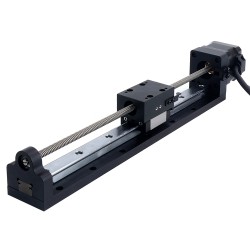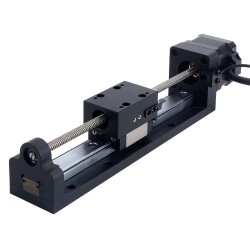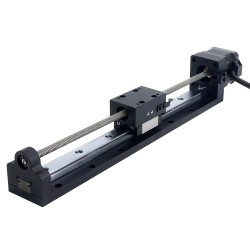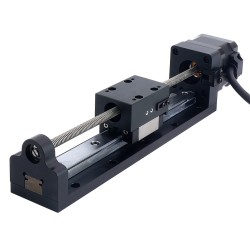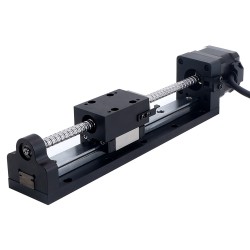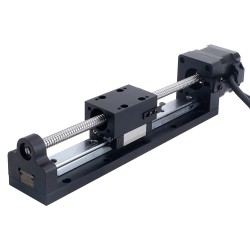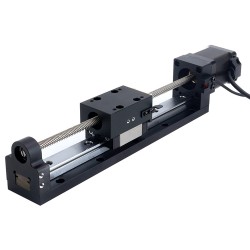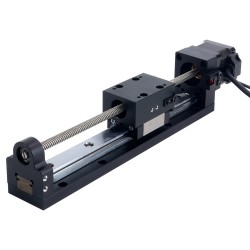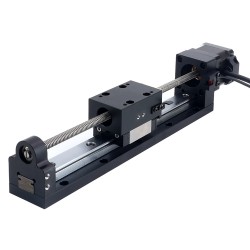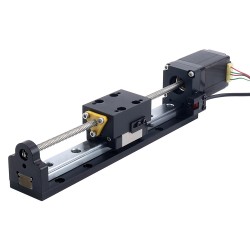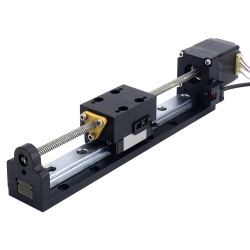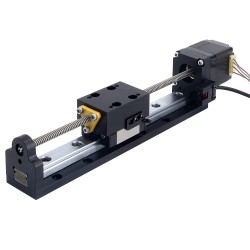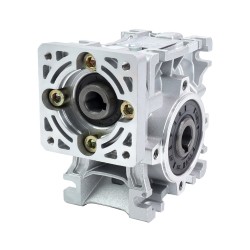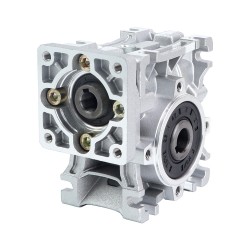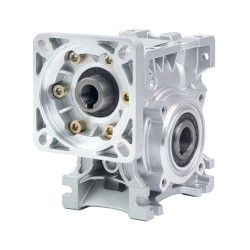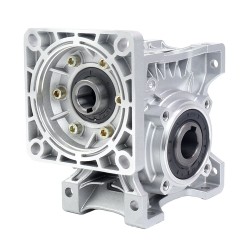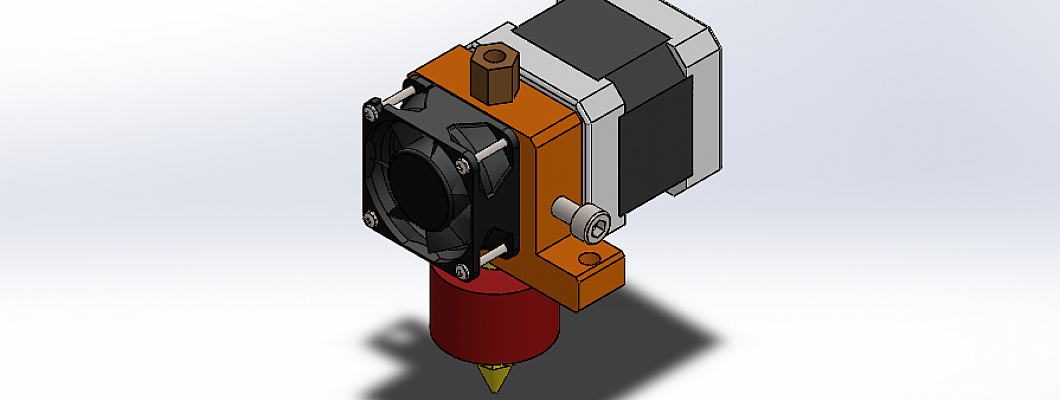
When choosing a stepper motor for a 3D printer extruder, there are several factors to consider:
Torque: The stepper motor needs to be able to provide enough torque to drive the extruder. The torque required depends on the filament diameter, the nozzle size, and the desired printing speed. A good rule of thumb is to choose a motor with a torque rating that is at least 3 times the torque required for the extruder.
Steps per revolution: The stepper motor's step angle determines how many steps it takes to complete a full revolution. The standard step angle for most stepper motors used in 3D printers is 1.8 degrees, which results in 200 steps per revolution.
Holding torque: The holding torque of a stepper motor is the amount of torque it can maintain when stopped. This is important for maintaining a consistent extrusion rate when the printer is paused or changing direction.
Size and weight: The stepper motor should be small and lightweight enough to fit on the printer's extruder carriage without adding too much weight.
Voltage and current: The stepper motor should be compatible with the printer's electronics and power supply. Most 3D printers use 12V or 24V power supplies, so the stepper motor should be rated for the same voltage. The current rating should also be compatible with the printer's electronics.
Gear ratio: Some extruders use a gear reduction system to increase torque and accuracy. If your extruder has a gear reduction system, you'll need to choose a stepper motor with a lower torque rating.
Overall, when choosing a stepper motor for a 3D printer extruder, it's important to consider the torque, steps per revolution, holding torque, size and weight, voltage and current, and gear ratio to ensure optimal performance and compatibility with the rest of the printer's components.






















































